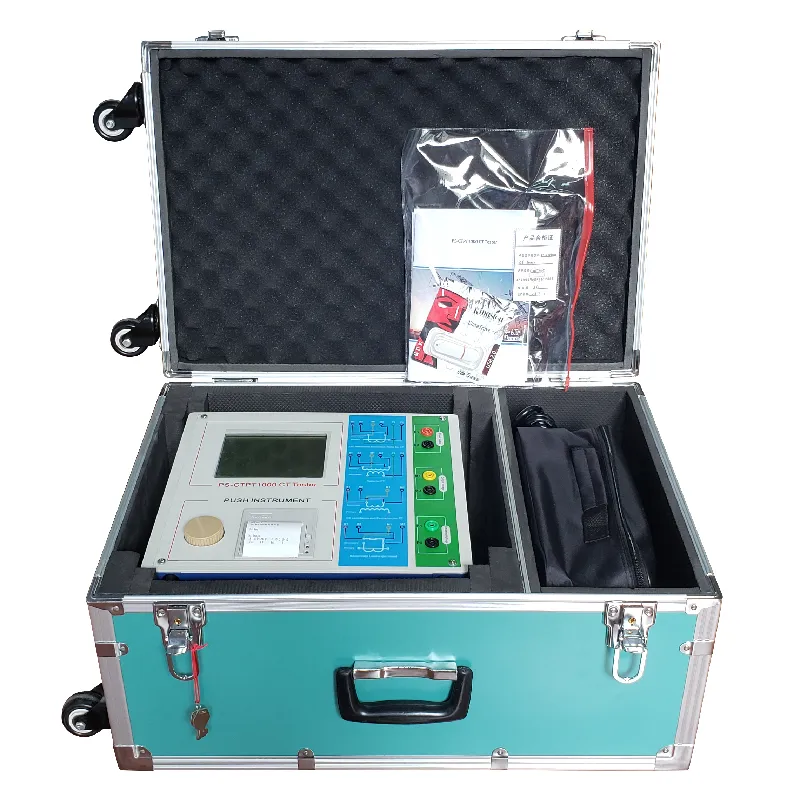 English
English


Testing Transformers Prior to Final Commissioning for Optimal Performance and Safety
Testing Transformers Before Commissioning A Critical Step in Power System Management
Transformers play a vital role in the electrical power systems, serving as the backbone for electricity generation, transmission, and distribution. Before they are put into operation, thorough testing is imperative to ensure their reliability, efficiency, and safety. This article discusses the various types of tests performed on transformers before commissioning, emphasizing their importance in power system management.
Understanding Transformer Testing
Transformer testing involves a series of procedures designed to evaluate the performance and integrity of transformers. These tests can be categorically divided into two main types factory tests and field tests. Factory tests are performed in controlled environments before the transformer is shipped to the installation site, while field tests occur post-installation, prior to commissioning.
Factory Testing
Factory testing is crucial as it allows manufacturers to verify that the transformer has been built according to specified standards and can perform its intended functions. Some of the key factory tests include
1. Winding Resistance Test This test measures the electrical resistance of the transformer windings and checks for any imbalances that could lead to inefficiencies or overheating during operation.
2. Insulation Resistance Test This assessment evaluates the integrity of the insulation materials used within the transformer. High insulation resistance values indicate a well-manufactured transformer that can withstand electrical stress.
3. Short-Circuit Resistance Test A critical test that simulates fault conditions, helping to ensure that the transformer can handle electrical stresses without failure.
4. Transformer Turns Ratio (TTR) Test This test verifies the correct turns ratio of the primary and secondary windings, ensuring that the transformer can step-up or step-down voltage as designed.
5. Power Factor and Capacitance Test This evaluates the insulation system of the transformer by measuring the power factor and capacitance, providing insights into the condition of the insulation.
Field Testing
transformer testing before commissioning

Once a transformer arrives at its installation site, field testing is essential to confirm the integrity of the unit after transport and installation. Key field tests include
1. Site Acceptance Testing (SAT) This comprehensive evaluation includes many of the same tests performed at the factory but is tailored for site-specific conditions. SAT checks the transformer's functionality within the context of the surrounding power system.
2. Circuit Tests Conducting circuit tests assesses the operational characteristics of the transformer under real load conditions, ensuring that it can handle the expected electrical load once operational.
3. Temperature Rise Test This test evaluates the transformer's thermal performance under load, determining whether it can operate within safe temperature limits during continuous use.
Importance of Transformer Testing
The significance of rigorous testing cannot be overstated. Testing transformers before commissioning ensures
- Safety Faulty transformers can be dangerous, leading to electrical fires, equipment failure, and safety hazards for personnel and the public. Proper testing helps mitigate these risks.
- Reliability Confidence in transformer performance is critical for the stability of power systems. Testing establishes reliable operation, supporting a stable and uninterrupted power supply.
- Cost Efficiency Identifying potential issues before commissioning can prevent costly repairs and extended downtimes in the future. Early detection ensures that transformers operate at peak efficiency, saving energy and operational costs.
- Longevity Regular and thorough testing can extend a transformer’s lifespan, reducing the need for premature replacements.
Conclusion
In conclusion, testing transformers before commissioning is an essential practice in power system management. The various factory and field tests performed ensure that each transformer meets the required standards for safety, reliability, and performance. The investment in testing translates to long-term savings, increased system reliability, and enhanced safety. As the global demand for electricity continues to rise, the role of transformers in power distribution remains critical, making pre-commissioning tests an indispensable part of the electrical engineering landscape. By prioritizing comprehensive testing, utility providers and engineers can confidently bring transformers into operation, supporting the electrification needs of communities and industries.
-
Differences between open cup flash point tester and closed cup flash point testerNewsOct.31,2024
-
The Reliable Load Tap ChangerNewsOct.23,2024
-
The Essential Guide to Hipot TestersNewsOct.23,2024
-
The Digital Insulation TesterNewsOct.23,2024
-
The Best Earth Loop Impedance Tester for SaleNewsOct.23,2024
-
Tan Delta Tester--The Essential Tool for Electrical Insulation TestingNewsOct.23,2024





